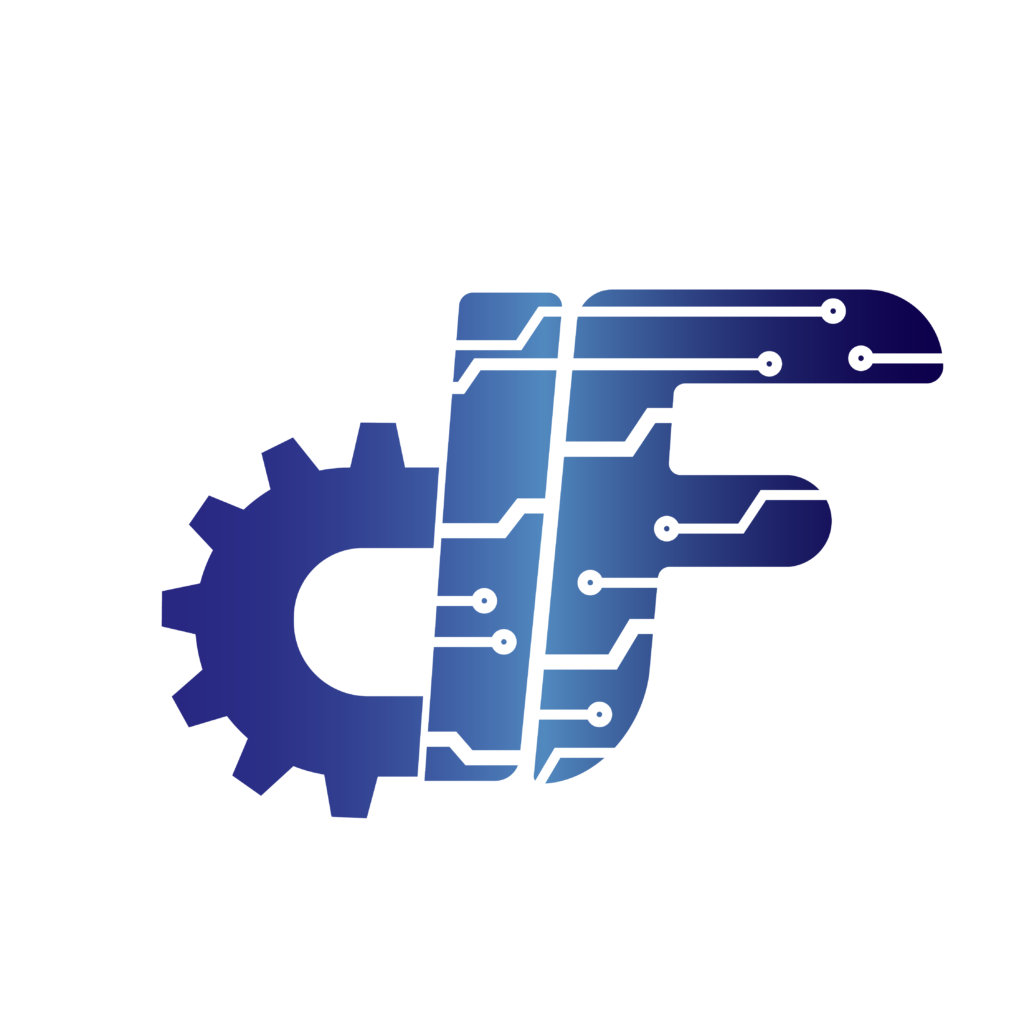Cultivating Research Abilities of Undergraduate Students
Research-based learning measures in the proposed subjects, cultivating students’ research abilities in product engineering
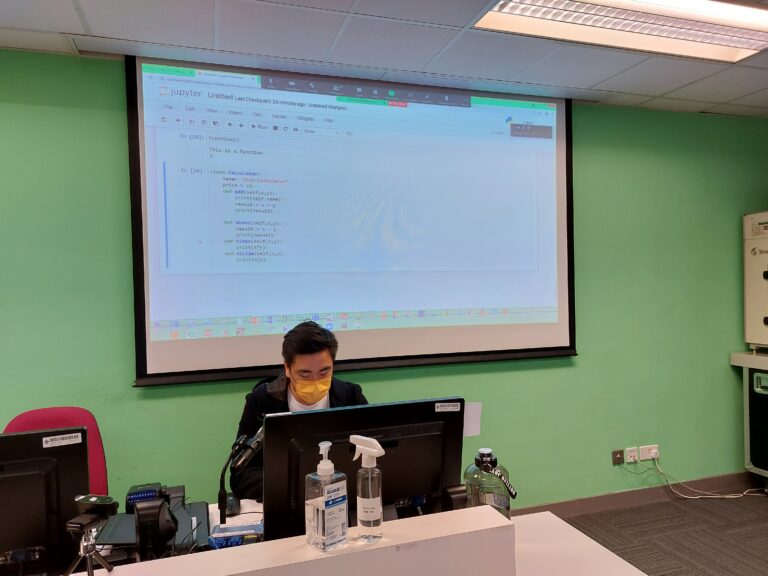

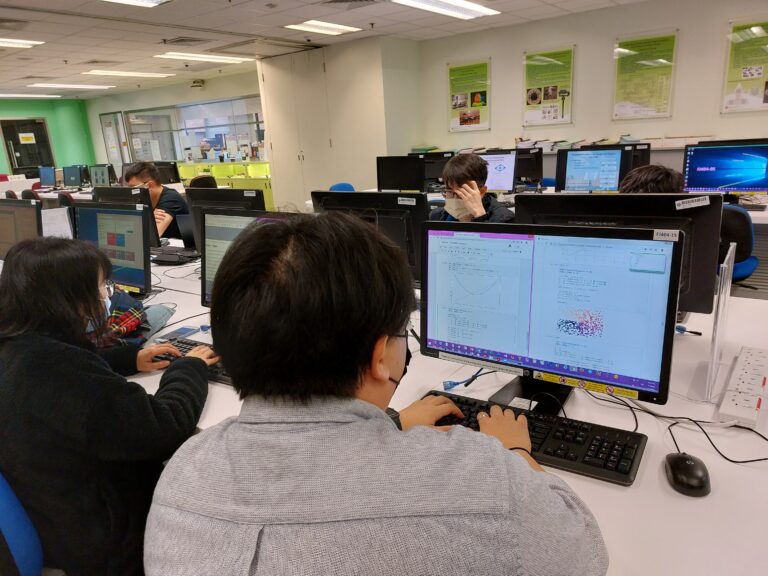
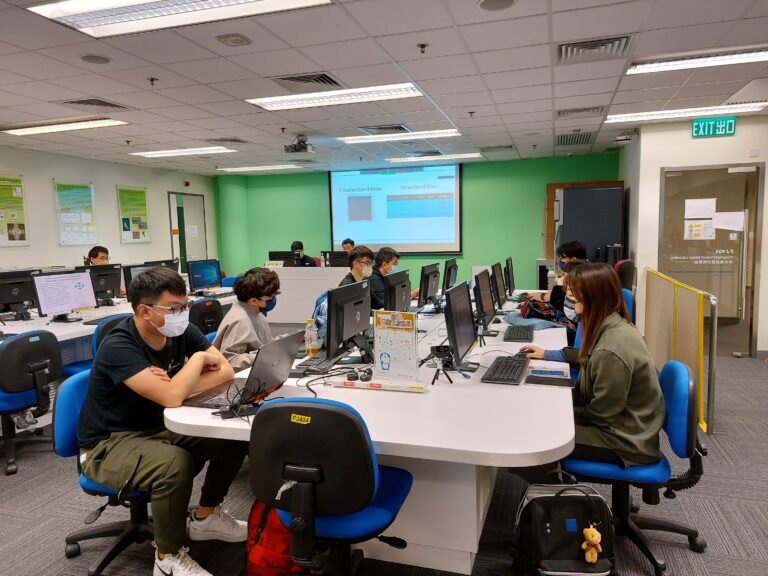
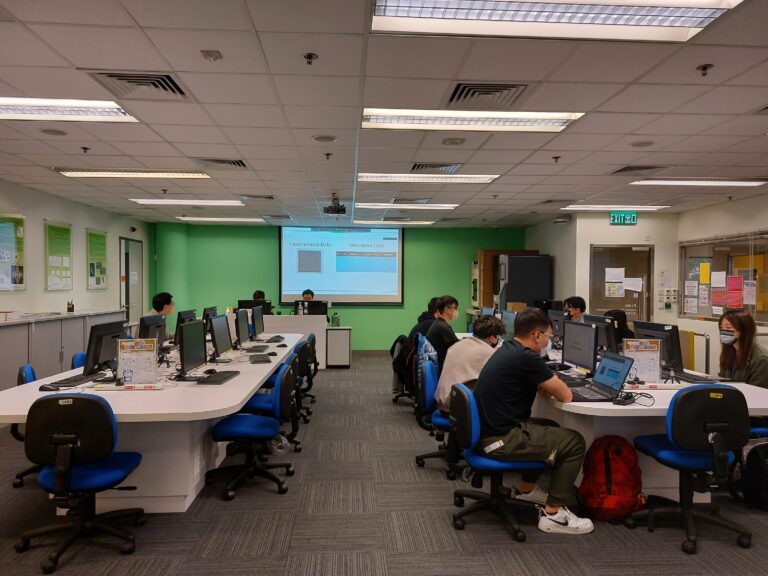
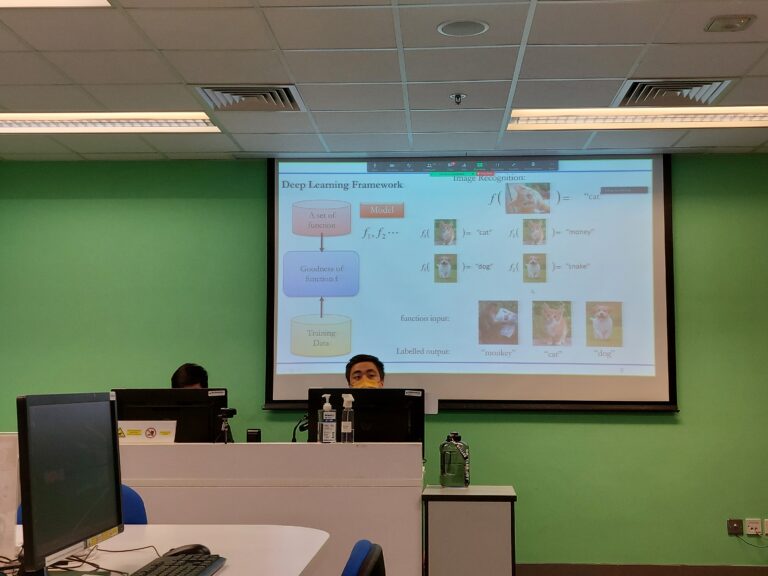
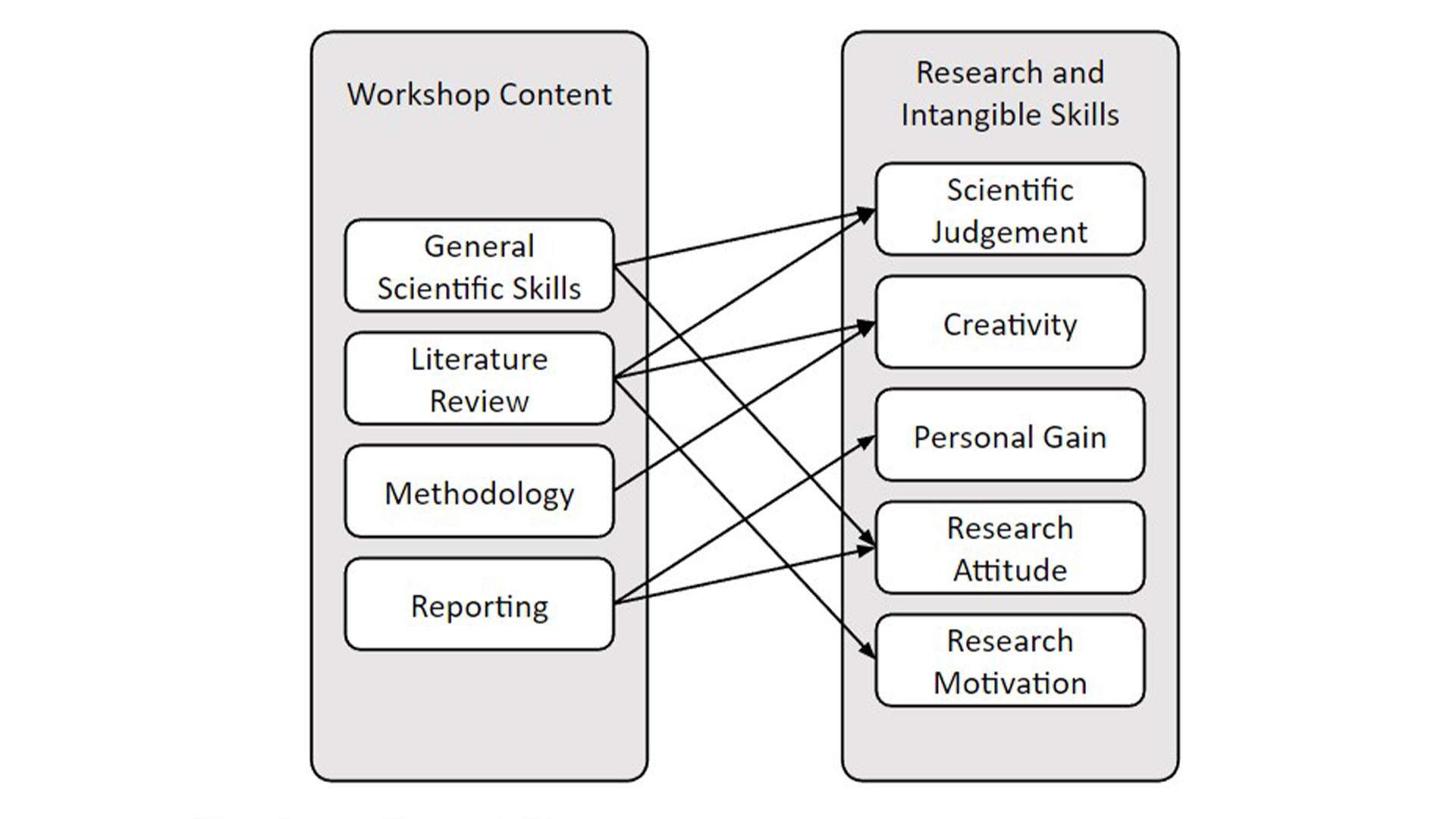
Research model
This project proposes to implement the research-based learning measures in the proposed subjects, cultivating students’ research abilities in product engineering. The proposed framework is to enable students to learn research skills and to apply them practically in product engineering and to promote students’ early exposure and experience in conducting research in product engineering subjects.
Its rapid technical and economic development has hampered the country’s educational practices (Gu, Zhang & Gu, 2020). A lot of research skills have gotten attention, such study design and information literacy and topic awareness (Wang & Chen, 2008; Wang & Ge, 2015). Increasing technology integration in all undergraduate courses is required (Wang & Chen, 2008).
College teaching quality has being challenged recently. Undergraduate courses seek to improve students’ social, professional, and discipline-specific skills (Meulen, 2017). Regular training should include problem-solving, communication, collaboration, concept integration, and research abilities (Biggs & Tang 2007:65-68). Students believe research helps them build subject knowledge, critical thinking skills, and professional identities (Guilbert et al., 2016). So much for research. This kind of course should be taught. Students must be self-motivated and possess information literacy.
These activities are planned on the University’s website and in pedagogical seminars for faculty. However, building a course that supports research skills, deep learning, and student participation is seldom considered (Meulen, 2017). Knowledgeable and in-depth interpretations are frequently required to explain and justify the effort (Kitchin, 2014).
Huge data is also possible due to the growing availability of cheap, fast, and powerful digital computers. This means that all scientific domains now function in the Big Data era, where breakthroughs in data collection and computing allow long-term data sequences to be shown or exhibited (Hoy, 2021).
And data science is an important degree in all STEM fields. It is feasible to design statistical studies that extract patterns from data space using customized and traditional techniques (Fayyad & Hamutcu, 2020). A few decades ago, computers could not produce data sets in new visuals and portrayals (Hoy, 2021). It’s now trending online and in print. And how to use and describe them.
Collaborating with




